The American cities are at the forefront of the autonomous vehicle revolution.

The once-futuristic concept of hailing a taxi with no one in the driver’s seat has officially moved from science fiction to a daily reality. In a select group of pioneering U.S. cities, autonomous vehicles, often called robotaxis, are now a part of the urban landscape, offering rides to the public through smartphone apps. This marks a profound shift in transportation, the result of billions of dollars in investment and years of technological development from major players like Waymo and Cruise.
This is not a sudden, nationwide rollout, but a slow and deliberate city-by-city expansion. Each new service area represents a major milestone, as the technology learns to navigate more complex and diverse environments. Understanding where these services are currently operating, and where they are likely to head next, offers a fascinating glimpse into the future of how we will all get around our cities.
1. San Francisco, California is the epicenter of the robotaxi world.
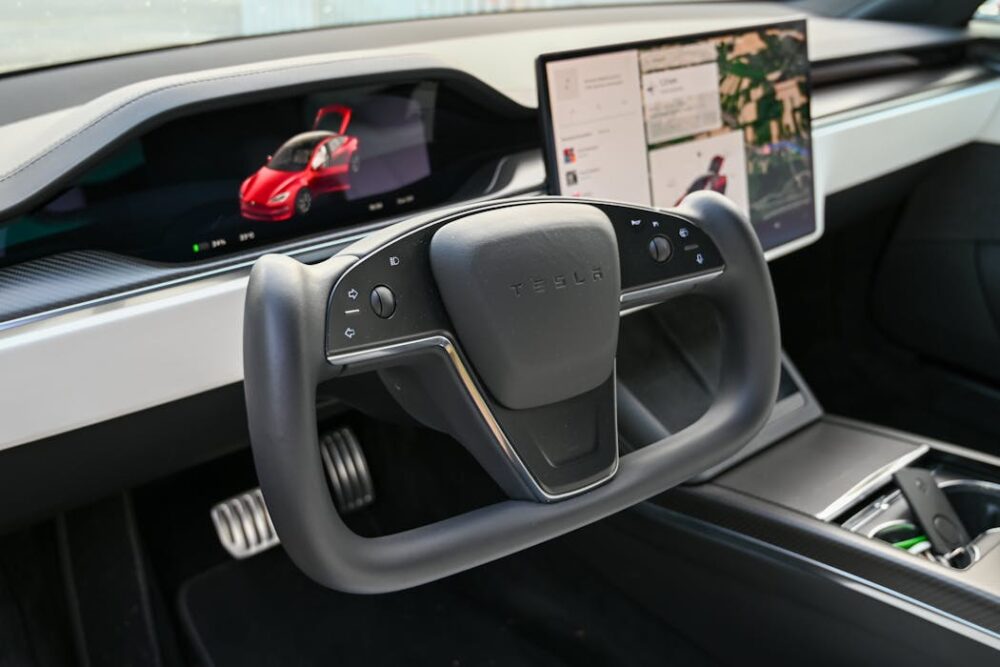
San Francisco is the undisputed global hub for driverless taxi services. It is the primary urban testing ground and the first city where multiple companies are operating large-scale, 24/7 commercial services that are open to the general public. The city’s incredibly complex and challenging environment, with its steep hills, frequent fog, and chaotic intersections, makes it the ultimate test of the technology’s capabilities. What happens in San Francisco is a preview of what’s to come for other dense cities.
The regulatory battles and the public’s reaction to the technology here are setting the precedent for the rest of the country, the Taxi Centre announced. For visitors, a ride in a driverless car through the city’s iconic streets has become a unique tourist attraction in itself. A practical tip is to download the specific company apps before your visit to see the current operational zones and to get on the waitlist if necessary.
2. Phoenix, Arizona was the original pioneer.
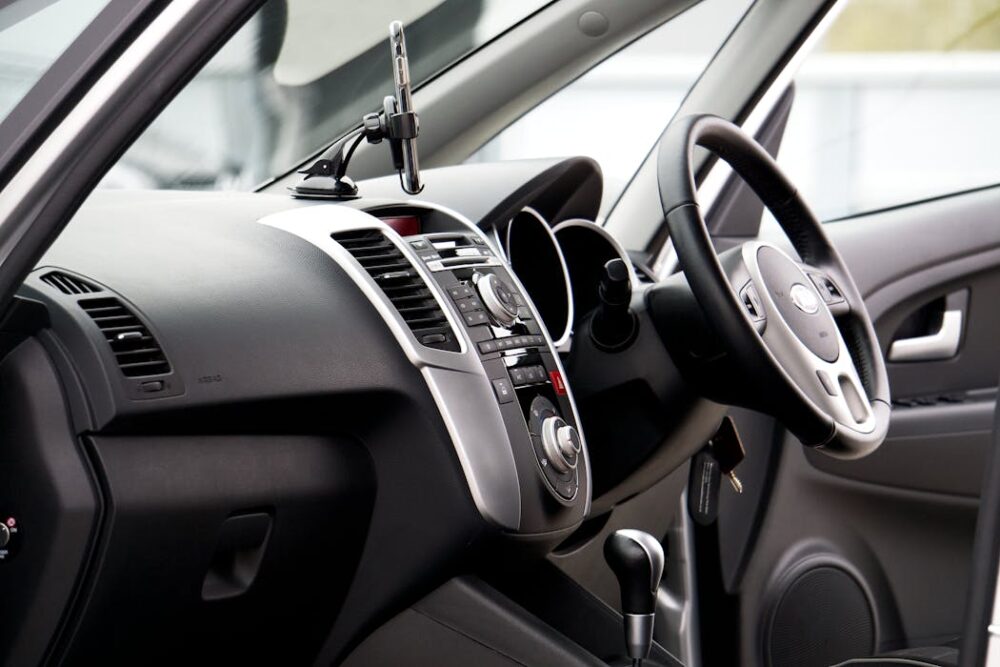
The sprawling suburbs of Phoenix and its surrounding cities, like Chandler and Tempe, are the original home of the driverless taxi in America. Waymo, the autonomous vehicle company owned by Google’s parent company, has been operating a commercial service here for years, making it the most mature and established robotaxi market in the world, the BBC mentioned. The area’s wide, flat, and well-maintained grid-style roads, combined with its predictable, sunny weather, made it the perfect initial environment to develop and refine the technology.
For residents, these vehicles have become a normal and unremarkable part of daily life. The long-term operational data gathered in Phoenix has been the foundation for the expansion of the technology into more challenging cities, proving the viability of the entire concept.
3. Los Angeles, California is the next major battleground.
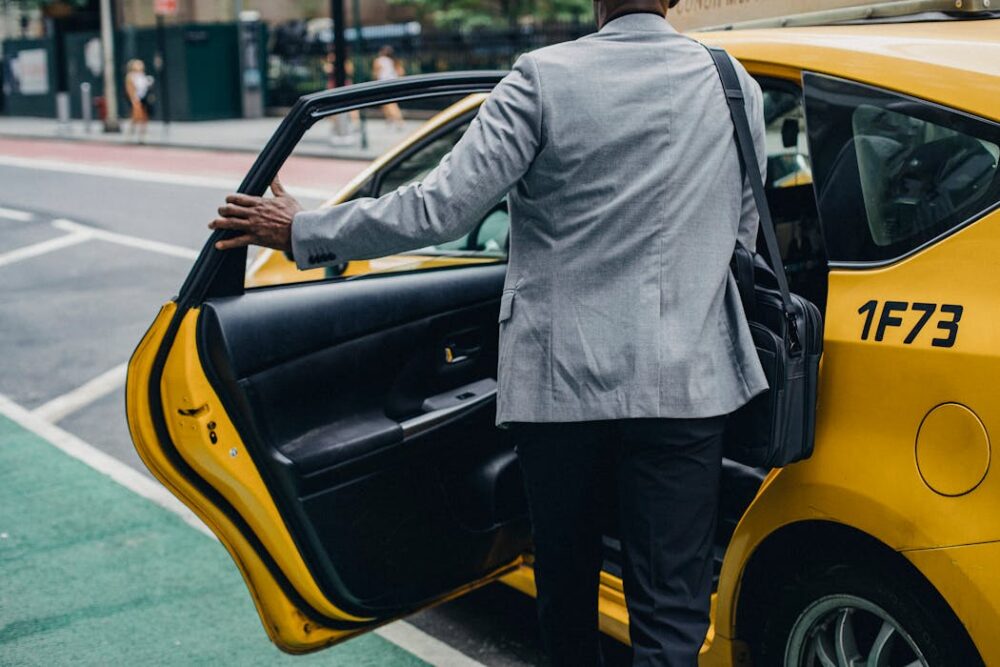
After years of testing, Los Angeles has become the newest major city with expanding driverless taxi services. As a city famous for its traffic and its vast, sprawling layout, it represents a huge and lucrative market, as well as a massive new level of complexity for the technology to master. Companies are now running their services in several neighborhoods, from Santa Monica to Downtown LA, as shared by The Atlantic. Being so close to me in Ventura, it’s a fascinating development to watch.
The sheer scale of Los Angeles makes it a critical test case for the financial viability and the logistical challenges of operating a robotaxi fleet in a true mega-city. Success in LA would be a huge milestone, proving the technology can work in one of the most car-centric places on earth.
4. Austin, Texas is a tech-friendly testing hub.

The city of Austin’s reputation as a major and growing tech hub has made it a natural and welcoming environment for autonomous vehicle companies. Both Waymo and Cruise have established a significant presence here, moving from initial testing phases to offering public rides in the city’s core areas, particularly around the downtown and the University of Texas campus. The city has a tech-savvy population that has been generally receptive to the new technology.
Austin’s relatively simple grid and its vibrant, youthful atmosphere make it an ideal “next step” city after the initial deployments in Phoenix and San Francisco. It is a key part of the industry’s strategy for a gradual, nationwide rollout.
5. Las Vegas, Nevada is a prime location for expansion.

Las Vegas has been a hub for autonomous vehicle testing for years, often in partnership with ride-sharing companies like Lyft. The city is a perfect environment for a full-scale commercial robotaxi service. The main tourist corridor, the Las Vegas Strip, is a contained, high-demand area with relatively simple and predictable traffic patterns. The city’s constant influx of tourists also provides a huge and ever-changing customer base that is eager to try a futuristic experience.
Given the existing testing infrastructure and the ideal environment, it is widely expected that Las Vegas will be one of the next cities to see a major, 24/7 driverless service in the very near future.
6. Miami, Florida is another major target for deployment.

The city of Miami is another major urban center where autonomous vehicle companies have been investing heavily in testing and mapping. Like Phoenix, the city’s flat terrain and generally good weather make it an attractive environment for the current state of the technology. The city has a large, dense population and a vibrant tourism industry, which makes it a lucrative potential market.
While the city’s frequent and intense rainstorms present a unique challenge for the vehicle’s sensors, the overall conditions are favorable. It is another city that is high on the list for the next wave of full-scale commercial deployment.
7. Dallas, Texas is a key part of the Texas expansion.

Along with Austin and Houston, the city of Dallas has become a key part of the autonomous vehicle industry’s “Texas triangle” strategy. Companies have been running extensive testing operations in the Dallas area for several years, often with a human safety operator behind the wheel, to gather data on the region’s unique road systems and driver behaviors. The city’s business-friendly regulatory environment is also a major plus.
With its massive, sprawling metro area and its importance as a major business and transportation hub, Dallas is a logical and essential next step for any company that wants to achieve a significant national footprint.
8. Atlanta, Georgia is a complex and valuable southern hub.

The city of Atlanta represents a unique and valuable challenge for the autonomous vehicle industry. The city has a notoriously complex road system, with winding streets and a huge amount of tree cover that can sometimes interfere with GPS signals. It also has a dynamic and often unpredictable weather environment. For these reasons, companies have been methodically testing their vehicles here to master these challenges.
As a major economic and cultural hub for the entire Southeast, a successful deployment in Atlanta would be a significant achievement, proving that the technology can adapt to a more complex and organic urban environment.
9. Seattle, Washington presents a key weather challenge.
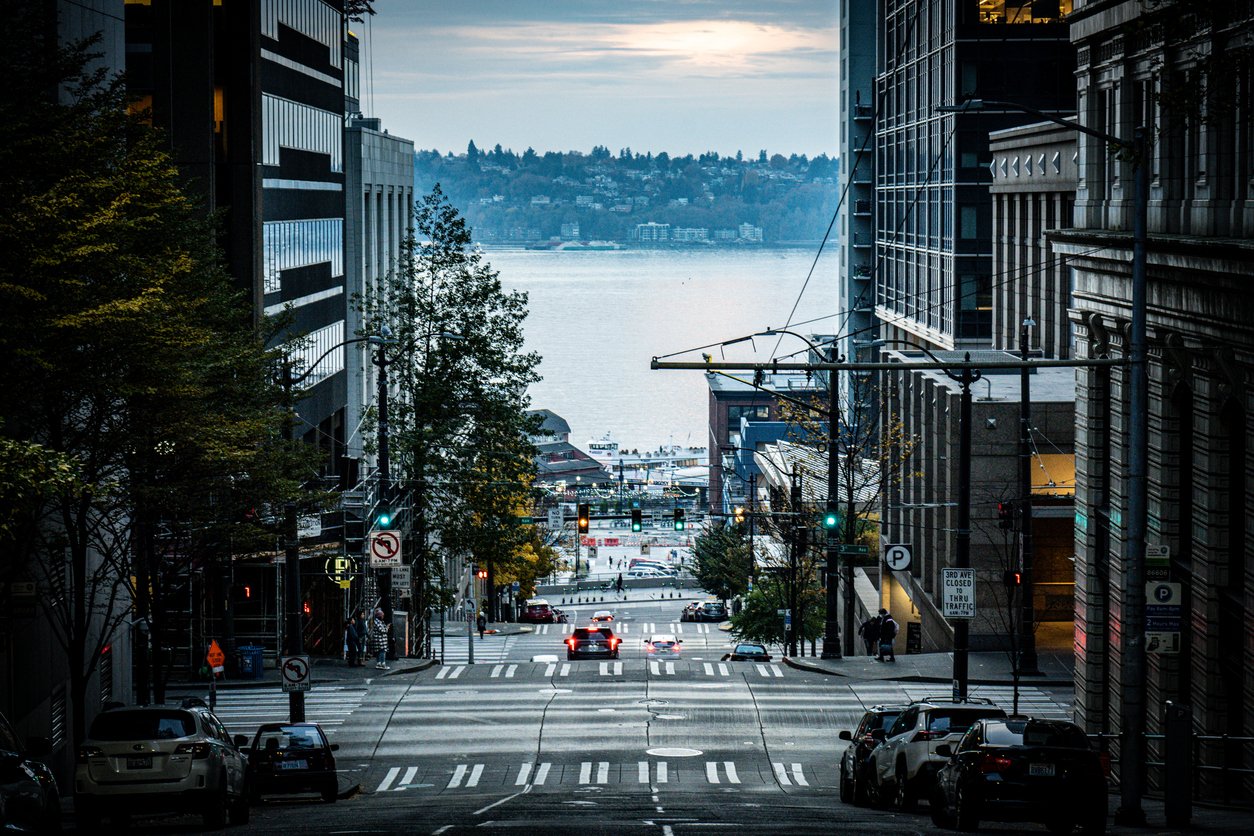
As a major global tech hub, Seattle is an obvious and desirable market for any autonomous vehicle company. The city’s biggest challenge, however, is its famously frequent and persistent rain. The performance of the vehicle’s primary sensors, which are known as lidar and cameras, can be affected by heavy precipitation. This has made Seattle a key testing ground for improving the technology’s all-weather capabilities.
While a full-scale deployment here may take longer than in a sunny city like Phoenix, it is a necessary and critical step to proving that the technology can work safely and reliably in all conditions.
10. Washington, D.C. is the ultimate regulatory showcase.
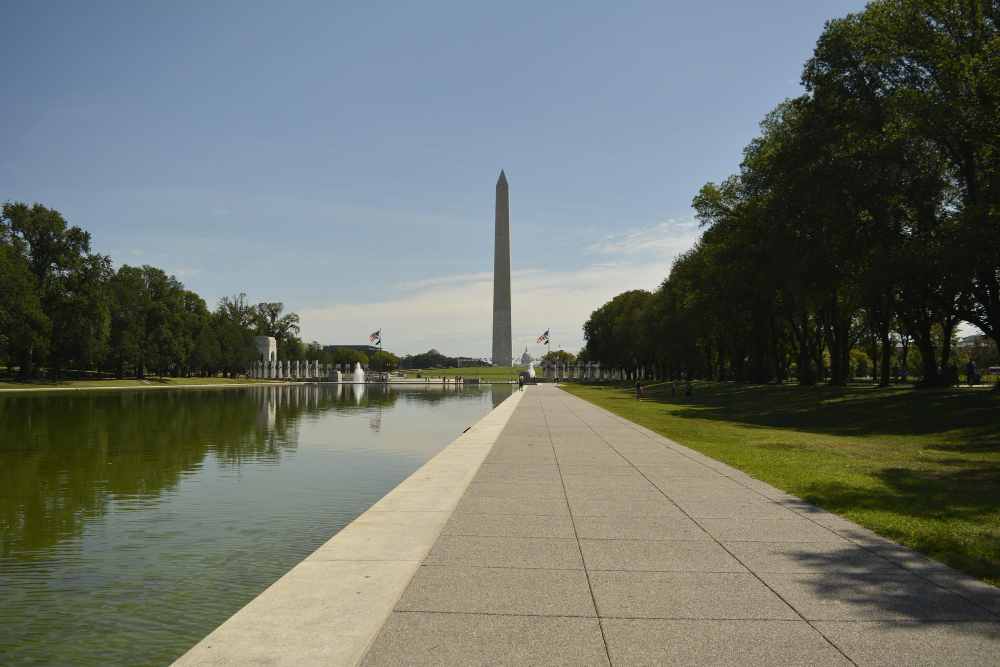
While not yet a major hub for public services, the Washington, D.C. area is an important location for testing and for policy engagement. For autonomous vehicle companies, operating successfully in the nation’s capital, with its complex security protocols and its unique jurisdictional issues, would be a major public relations and regulatory victory. The area is home to a huge number of federal regulators and lawmakers who are shaping the future of the industry.
A safe and successful deployment here would be a powerful way to demonstrate the maturity and the safety of the technology to the very people who are in charge of regulating it.
